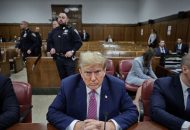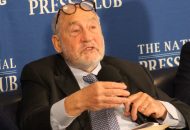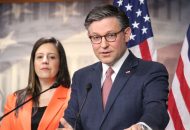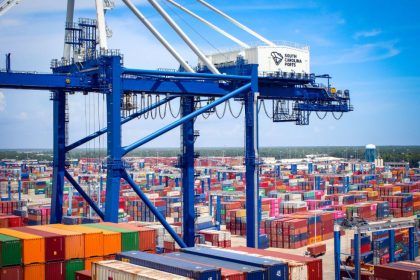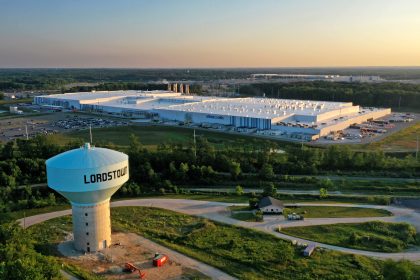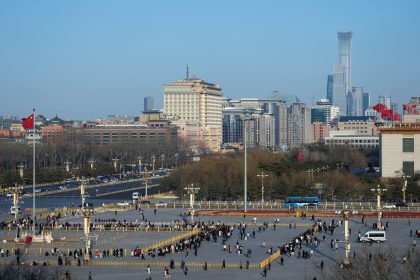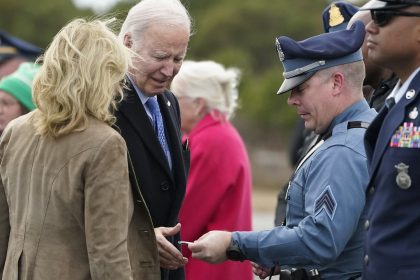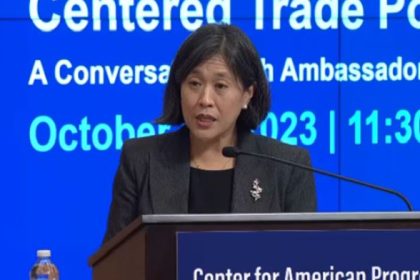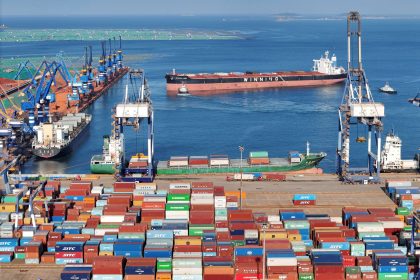Foreign Trade Zones, Long Engines of U.S. Economic Development, Now Face Trade Policy Challenges
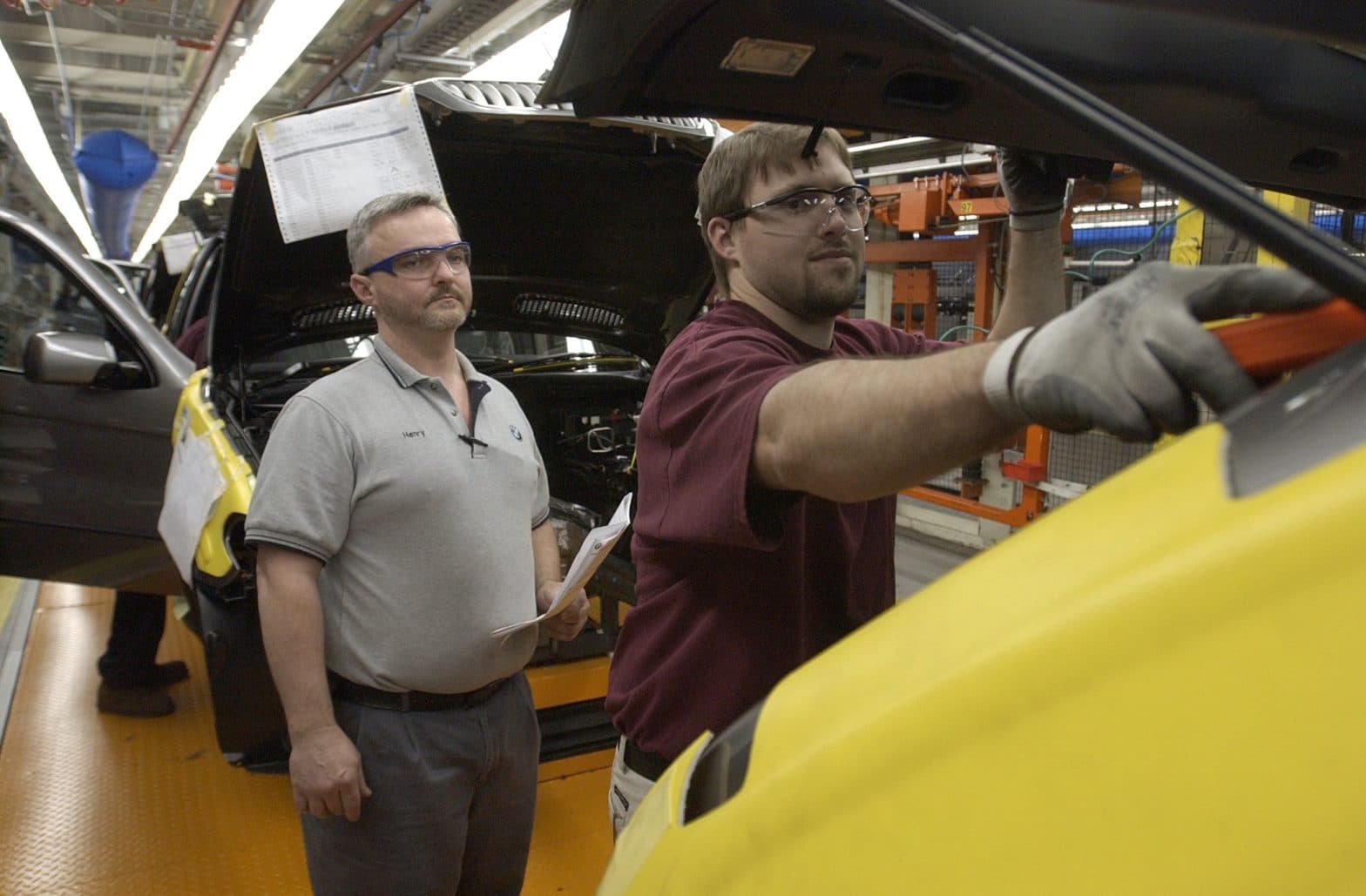
Most of us don’t think much about foreign trade zones. The phrase itself suggests “other” and “offshore” and somehow “separate.”
The reality, however, is that foreign trade zones, right here on U.S. soil, play a critical role in economic development and in inviting international investment in a number of states.
A recent study by the Trade Partnership, a Washington, DC-based trade research firm, found that employment, wages and value-added manufacturing activity all increased substantially in communities after foreign trade zones were established near them.
Additionally, the analysis of the 251 communities across the U.S. in which the zones operate found their presence helped ensure that jobs remain in the United States despite considerable economic pressures to relocate elsewhere.
The study mirrors positive findings reported in the U.S. Foreign Trade Zones Board’s annual report to Congress, which was released in December.
After several years of decline in zone activity largely related to a downturn in the petroleum sector, the report documented strong increases in all major categories in 2017, the last year for which data are available.
According to the report, 191 foreign trade zones were active during the year and more than 450,000 people were employed by the 3,200 companies utilizing them.
The value of shipments into zones totaled over $669 billion, compared with over $610 billion the previous year, and about 63 percent of the shipments received at zones involved merchandise eventually bound for the domestic U.S. market.
Warehouse/distribution operations received over $259 billion in merchandise while production operations received over $410 billion, the report said.
The largest industries accounting for zone production activity include the oil refining, automotive, electronics, pharmaceutical, and machinery/equipment sectors.
The main foreign-origin products received at zones included everything from vehicles and consumer electronics to pharmaceuticals, cosmetics and machinery.
Overall, the value of merchandise received at America’s foreign trade zones increased by 9.6 percent in 2017, to $669.2 billion, the report said.
Merchandise received at warehouse/distribution operations increased by 15.5 percent, to $259.1 billion, while that received at production operations increased by 6.2 percent, to $410.1 billion.
The value of exports from the zones increased by 15.1 percent in 2017, to $87.1 billion — 5.6 percent of the value of all goods exported from the United States.
But that’s not to say foreign trade zones aren’t confronting challenges. In fact, some worry that recent changes in U.S. trade policy — and a failure to address long standing issues even as older trade agreements, like NAFTA, are replaced — is eroding the benefits the zones are meant to deliver.
—
Related article | NAFTA Replacement Leaves Some Longstanding Issues In Place
—
“The economic impacts of the U.S. FTZ program on communities in which FTZs are located are positive,” said Trade Partnership president Laura Baughman at the National Association of Foreign Trade Zones’ annual legislative summit in February.
“Many companies have the option to operate inside or outside the United States,” she said. “They will make that decision based in part on the relative costs of doing business in the United States or abroad. To the extent the Foreign Trade Zones program can provide positive financial reasons for a U.S. location, it should merit the support of U.S. policymakers.”
What Exactly Is A Foreign Trade Zone?
Authorized by Congress in 1934, as a mean of expediting and encouraging foreign commerce in the United States, a foreign‐trade zone is a designated, enclosed area into which foreign or domestic merchandise can be brought without being subject to customs duties or government excise taxes.
In essence, although the zones are overseen by the Foreign Trade Zones Board, comprised of the secretaries of Commerce and the Treasury, they are effectively islands of acreage considered outside the U.S. for customs purposes.
By law, merchandise can be stored, processed or used in the manufacture of other products within the zone and only becomes subject to U.S. Customs duties when and if it enters the stream of domestic commerce.
Although initially thought of in relation to Atlantic, Pacific and Gulf port cities, in the fall of 1972 the Foreign Trade Zones Board approved an application for an inland zone for the first time, an inland port, in Little Rock, Arkansas, setting the stage for the myriad of Foreign Trade Zones that exist today.
Texas alone has 31 foreign trade zones, Florida is home to 19, and California has 18.
“When you think about major transportation hubs, you’re often thinking about a foreign trade zone without even knowing it,” said Erik Autor, president of the National Association of Foreign Trade Zones. “Atlanta, for example has a big foreign trade zone associated with its airport. Chicago is another good example. And the city of Miami is practically one big foreign trade zone.”
“San Antonio is an interesting example of both how a foreign trade zone comes into being and the benefits received by the surrounding community,” he said. “After the Air Force Base in San Antonio was decommissioned, the city decided it wanted to use the land as an enterprise zone.
“Eventually they applied for foreign trade zone status, and it has been a significant distribution and manufacturing hub ever since,” Autor said.
But among the states that have benefitted from the economic activity these zones generate, few have done better on a per capita basis than South Carolina, which has only three.
Most of the foreign trade zone activity in the state is concentrated outside of Charleston and in the Upstate, near Spartanburg, and an astounding 93 percent of that activity is in vehicle assembly and vehicle parts.
No doubt the centerpiece of all this is BMW, which broke ground on its first U.S. automobile factory in Greer, South Carolina in 1992. In its application for foreign trade zone status, BMW projected it would employ about 1,900 and produce up to 209,000 vehicles which until then had been imported into the U.S. from Germany.
Today, BMW directly employs more than 10,000 workers and annually produces approximately 400,000 vehicles. Over 70 percent of these are for export to 140 global markets, with China the largest foreign destination, followed by Germany.
BMW’s suppliers and the businesses that have flourished around them employ another 36,285.
In March, the U.S. Commerce Department reported BMW is the largest vehicle exporter in the U.S. by value — a distinction it has achieved five straight years — accounting for $8.4 billion in exports in 2018.
Whether it will hold that title for a sixth straight year is anybody’s guess. Due to the escalating trade war between the U.S. and China, BMW stopped exporting the popular X3 luxury compact it makes at the South Carolina plant to China, and instead has added production at plants in Rosslyn, South Africa, and Shenyang, China, to serve that market.
“Higher prices, higher taxes, higher tariffs … will put some pressure on,” BMW of North America CEO Bernhard Kuhnt said in November at the Los Angeles Auto Show. “That is absolutely clear.”
As vehicles become more expensive because of tariffs, it “will have an effect on the customer behavior,” he said.
Beyond the macro-issues are a number of systemic “quirks” and missed opportunities on the trade policy front further complicating life for foreign trade zones and those that use them.
One program that is “really fairly severe,” Autor said, involves how zone occupants declare the country of origin for foreign source material used in a product bound for consumers in the U.S.
By law, manufacturers who have set up operations in a foreign trade zone must report the source and amount of foreign-made content that is incorporated into their finished product. The information is then fed into a computer and an algorithm determines the “country of origin,” establishing the level of duties that must be paid. This is where things can get dicey.
“What’s happening is that the algorithm is making certain, high value items, like automobiles manufactured by BMW … appear to be imports and subject to higher duties, when in fact they are not,” Autor said.
What Goes On
To get a better handle on what’s happening, imagine a widget. In this case a widget manufactured in a foreign trade zone.
For the sake of argument, 10 percent of the material making up that widget comes from a foreign source: 5 percent from China, 2.5 percent from somewhere in Europe and 2.5 percent from Mexico.
As the manufacturer of the widget, you have to report the source of the highest valued foreign content. In this case, China. As currently designed, the algorithm may very well determine the widget is a Chinese import and subject to a higher duty.
How bad a hit the manufacturer takes on duties as a result of the erroneous classification depends on whether the widget, now a “Chinese import,” happens to be on the Section 301 list of retaliatory tariffs.
Section 301 of the U.S. Trade Act of 1974 authorizes the president to take all appropriate action, including retaliation, to obtain the removal of any act, policy, or practice of a foreign government that violates an international trade agreement or burdens or otherwise restricts U.S. commerce.
If the widget in the example is included on the Section 301 list, a 25 percent duty will be assessed on all foreign content used to create it, including the remaining 5 percent of that content from Europe and Mexico.
“That’s not the way the system is intended to work. It’s contrary to law. And despite the fact we’ve complained about it to the U.S. Trade Representative, the administration has been loath to fix it, for whatever reason,” Autor said.
That’s left the association in the position of having to go to Congress for a legislative solution.
But even that approach is fraught with uncertainty, Autor said.
“The first question you have to ask is, ‘What is the most logical legislative vehicle for addressing this situation?’” he said.
“From our perspective, that vehicle would most likely be the bill implementing the new United States Mexico Canada Agreement (USMCA ) on trade. However, given the current partisanship in Congress, there’s a real question as to when and how the legislation is likely to move,” Autor said.
The U.S. Trade Representative’s office did not respond to a request for comment.









